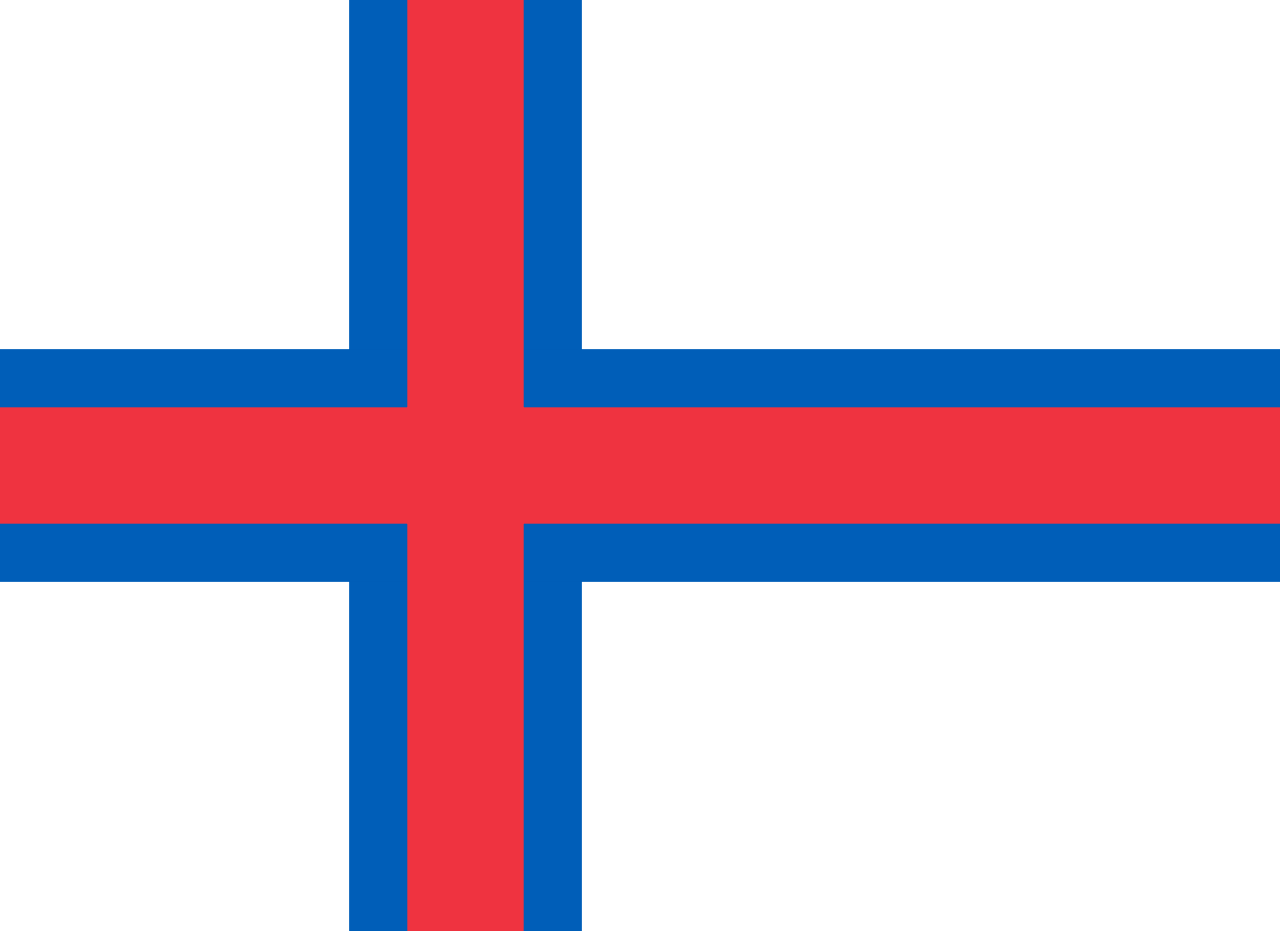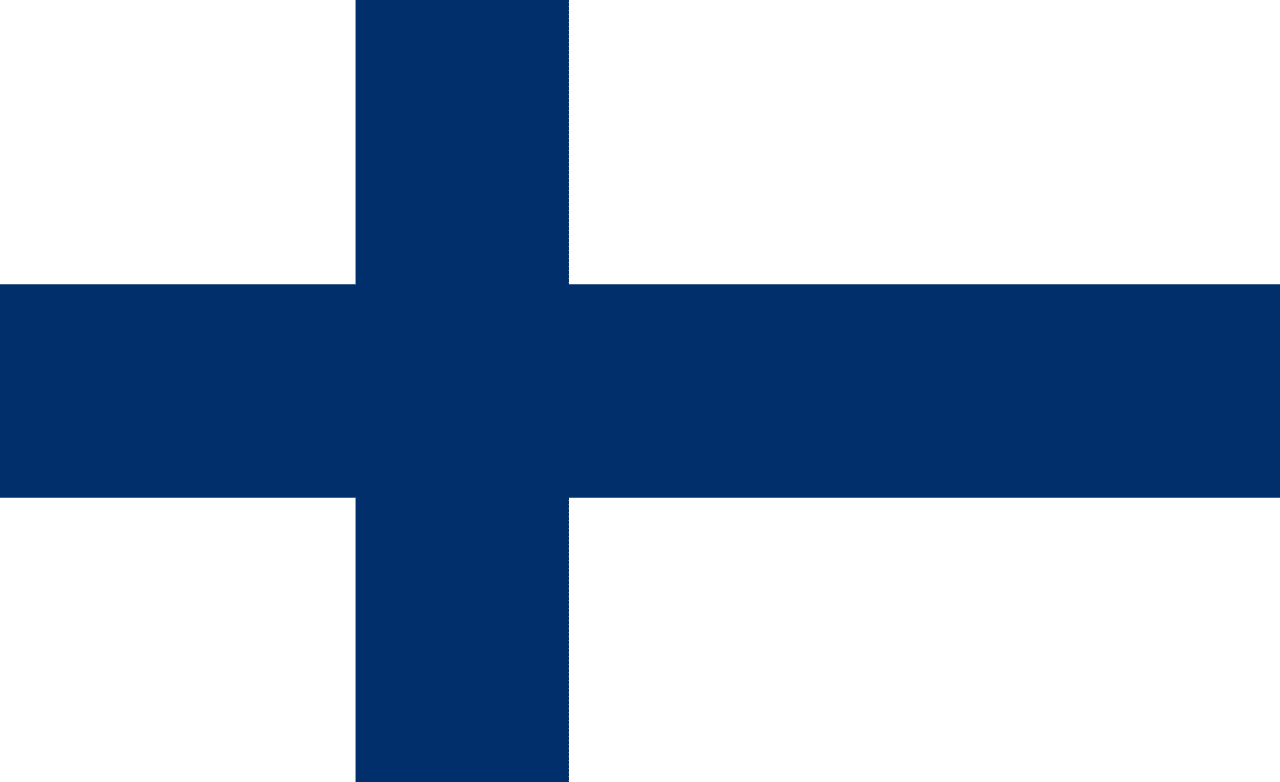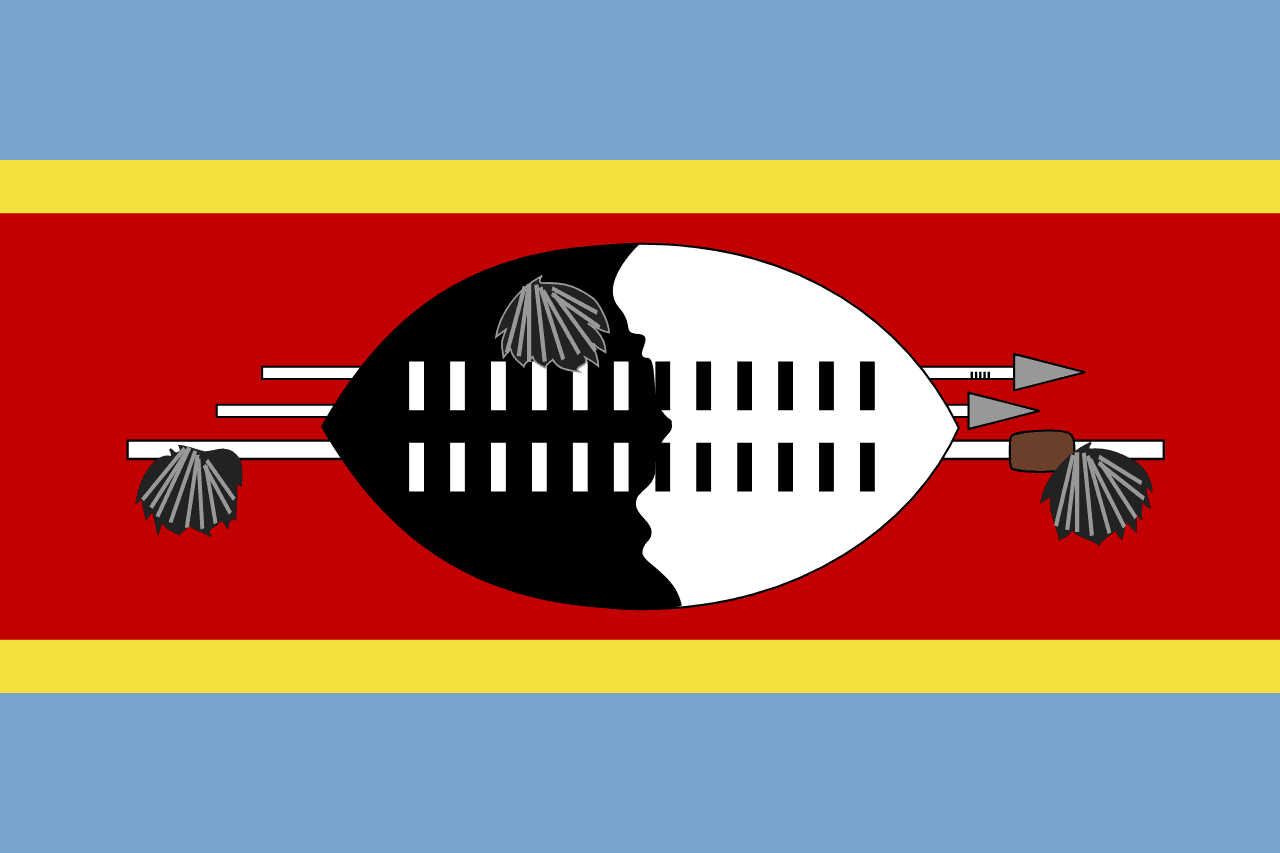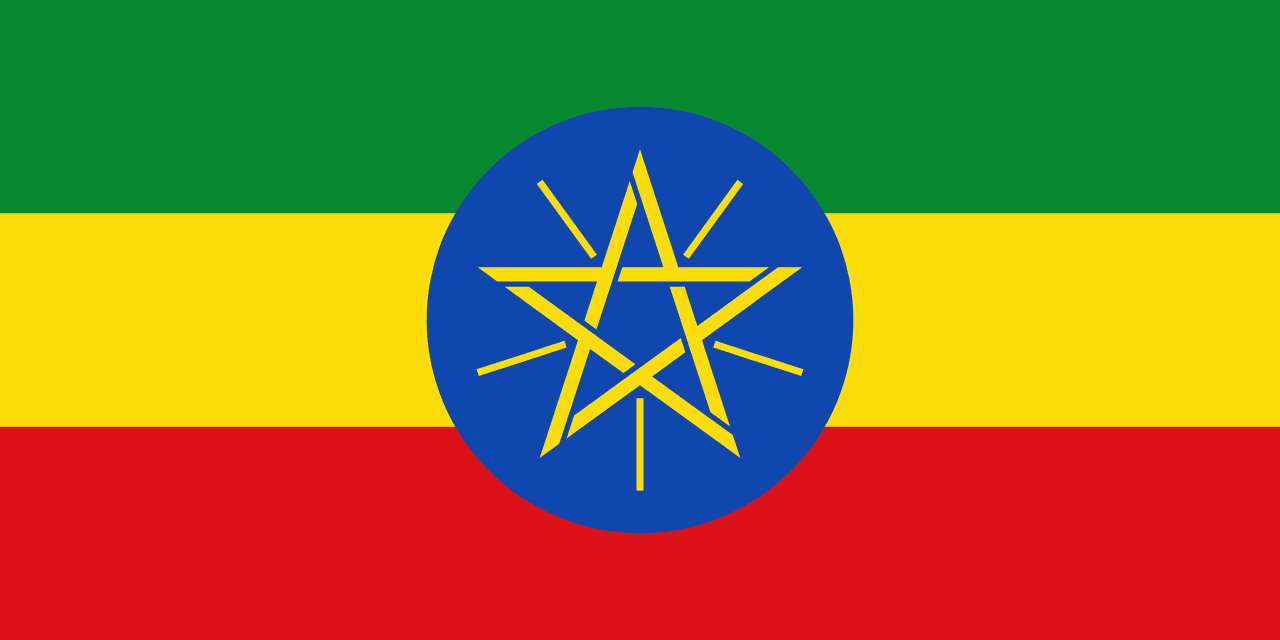The flag of the Falkland Islands, a British Overseas Territory in the South Atlantic Ocean, features a distinctive design that reflects its historical ties to the United Kingdom and its unique identity. It consists of a Blue Ensign with the Union Jack in the upper hoist quarter (canton) and the Falkland Islands coat of arms in the fly.
Falkland Islands information
| National Flag Day | — |
| Sovereign state | No |
| Official name | Falkland Islands |
| Capital | Stanley |
| Population | 3,400 |
| Area | 12,173 km² |
| Currency | Falkland Islands pound (FKP) |
| Language | English |
| Continent | South America |
| Region | South Atlantic Ocean |
| Subregion | — |
| Borders | — |
| Timezone | FKT (UTC-3) |
| Calling code | +500 |
| Top-level domain | .fk |
History of the Falkland Islands flag
 The current flag was officially adopted on January 25, 1999, replacing a similar design that had been in use since 1948. The 1999 version features an updated and more detailed coat of arms. The Blue Ensign design reflects the Falkland Islands' status as a British Overseas Territory, while the unique coat of arms distinguishes it from other territories and emphasizes its individual character.
The current flag was officially adopted on January 25, 1999, replacing a similar design that had been in use since 1948. The 1999 version features an updated and more detailed coat of arms. The Blue Ensign design reflects the Falkland Islands' status as a British Overseas Territory, while the unique coat of arms distinguishes it from other territories and emphasizes its individual character.
Symbolism and design of the Falkland Islands flag
The flag's design is rich in symbolism. The Blue Ensign background represents the islands' maritime heritage and their connection to the United Kingdom. The Union Jack in the canton reaffirms the Falkland Islands' status as a British Overseas Territory and its allegiance to the British Crown. The coat of arms in the fly is the most distinctive element, featuring a ram standing on grass, symbolizing the islands' sheep farming industry, which has been crucial to its economy.
Below the ram is a representation of the ship "Desire," which discovered the islands in 1592 under the command of John Davis. The ship symbolizes the islands' history of exploration and maritime significance. The motto "Desire the Right" appears on a scroll beneath the coat of arms, reflecting the islanders' commitment to justice and rightful sovereignty.
Usage and significance of the Falkland Islands flag
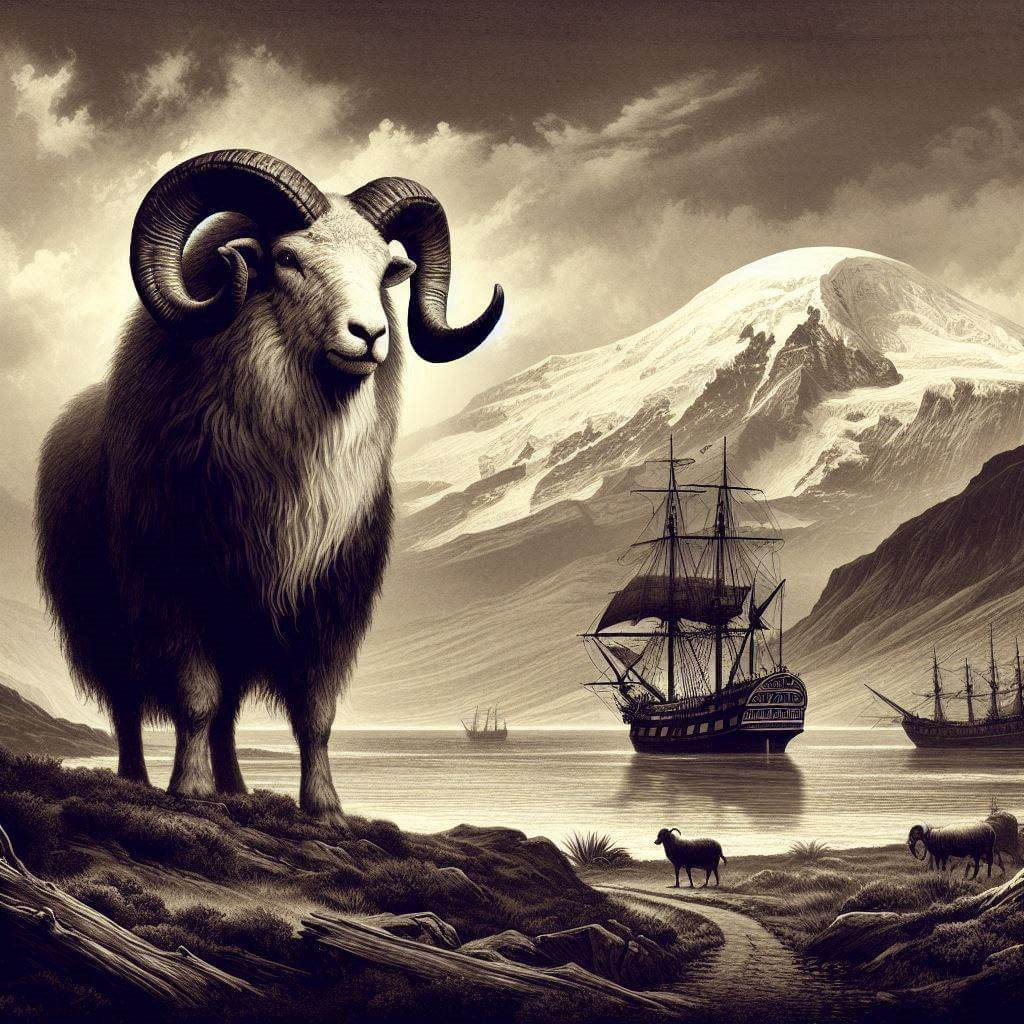 The flag of the Falkland Islands is an important symbol of identity and self-governance. It is flown on government buildings, schools, and during official ceremonies and events across the islands. The flag plays a crucial role in representing the Falkland Islands internationally, particularly in matters related to its disputed sovereignty. It serves as a reminder of the islanders' determination to maintain their chosen political status and way of life.
The flag of the Falkland Islands is an important symbol of identity and self-governance. It is flown on government buildings, schools, and during official ceremonies and events across the islands. The flag plays a crucial role in representing the Falkland Islands internationally, particularly in matters related to its disputed sovereignty. It serves as a reminder of the islanders' determination to maintain their chosen political status and way of life.
Interesting facts about the Falkland Islands flag
- The Falkland Islands flag gained significant international attention during and after the Falklands War in 1982, a conflict between the United Kingdom and Argentina over the sovereignty of the islands.
- The coat of arms on the flag was granted by Royal Warrant in 1948, reflecting the long-standing constitutional relationship between the Falkland Islands and the British Crown.
- The Falkland Islands also have a civil ensign (red background) and a government ensign (Union Jack with the Falklands coat of arms in the center) used in specific maritime and governmental contexts.
- Despite its small population of around 3,000 people, the Falkland Islands maintain a strong sense of identity, with the flag serving as a unifying symbol for the islanders.
- The flag's design reflects the islands' unique ecosystem, with the ram representing not only the sheep farming industry but also the diverse wildlife found in the Falklands, including five species of penguins and numerous bird species.
